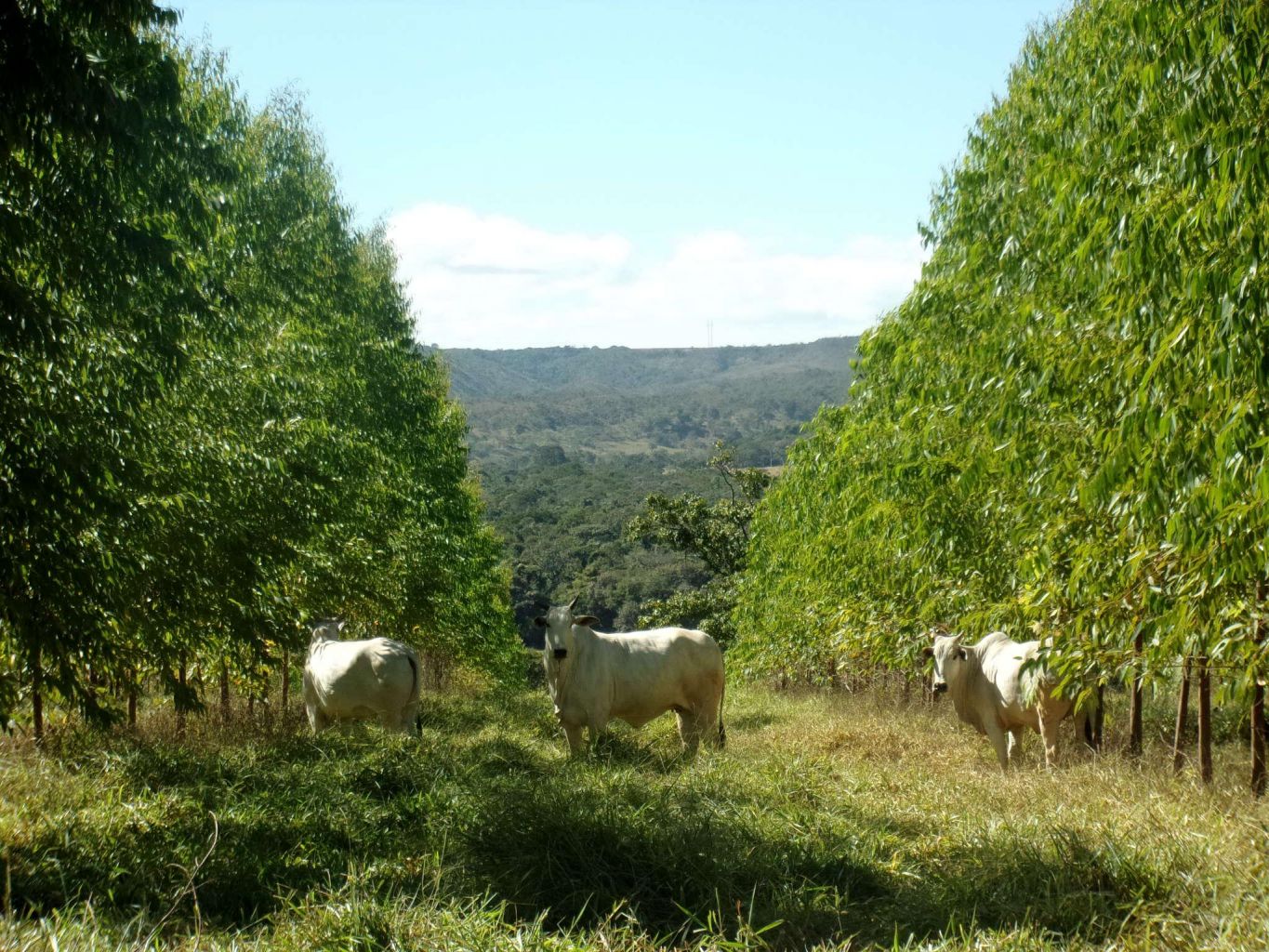13-17 July 2015
World Congress on Integrated Crop-Livestock-Forest Systems

Paul Burgess, of Cranfield University and Co-ordinator of the AGFORWARD project, presented work from AGFORWARD at the World Congress on Integrated Crop-Livestock-Forest Systems held at Brasilia in Brazil from 13 to 17 July 2015. Paul gave a plenary presentation on “Financial and economic benefits of integrated crop-livestock-tree systems in Europe” and presented a poster on “At what scale should livestock-forest systems be considered”. Although not directly supported by AGFORWARD, Dr Julie Ryschawy who works for INRA (a partner within AGFORWARD) also presented a talk entitled “Integrated crop-livestock-forest systems for the future: changing scales for ecological models”. Meine van Noordwijk, of the World Agroforestry Centre (a partner within AGFORWARD) also made a presentation on “Trees as components of integrated crop-livestock systems”
The well-attended and well-organised congress received strong backing from the Brazilian agricultural research organisation “Embrapa”. During the congress, a field trip was held to farms integrating trees, crops, and livestock in the “Cerrado” savannah areas that occupy much of central Brazil. A conservation agriculture rotation comprising crops, such as maize, with brachiaria grass grazed by cattle is being promoted as a way of restoring degraded cerrado areas and increasing land and cattle productivity. The growth rates of trees in central Brazil are dramatic by European standards with eucalyptus (see photo) being grown for timber on a 13 year rotation, and African mahogany (Khaya ivorensis) being grown on a 12-15 year rotation. Such trees can be established within the arable part of the crop-livestock rotation. Once the trees are established, they can then provide important shade, reducing the heat stress experienced by cattle and improving dry-season grass production.
Although the AGFORWARD project focuses on the promotion of agroforestry in Europe, it is clear that the integration of livestock and crops with trees is providing financial and economic benefits in commercial systems in other regions of the world. The combination of trees, crops, and livestock within a conservation agriculture system, as practised in Brazil, may be of interest to some farmers in Europe.
The website for the Congress will eventually provide details of the various presentations http://wcclf2015.com.br/home/?lang=en For those interested to know more a hardback book edited by Davi José Bungenstab and Roberto Giolo de Almedia is a very useful reference. The publication of the book in 2014, was supported in part by a European Union FP7 project called SALSA.

Bungenstab, D.J., de Almeida, R.G. (Eds) (2014). Integrated Crop-Livestock-Forestry Systems: A Brazilian Experience for Sustainable Farming. Brasilia, Brazil: Embrapa 282 pp.
Burgess, P.J., Graves, A.R., Palma, J.H.N., Crous-Duran, J., Upson, M. (2015). Financial and economic benefits of integrated crop-livestock-tree systems in Europe. Presentation at World Congress of Integrated Crop-Livestock-Forest Systems. 13-17 July 2015, Brasilia, Brazil.
Burgess, P.J., Sanchez Martinez, P.J., Williams, A.G. (2015). At what scale should livestock-forest systems be considered? Poster at World Congress of Integrated Crop-Livestock-Forest Systems. 13-17 July 2015, Brasilia, Brazil.